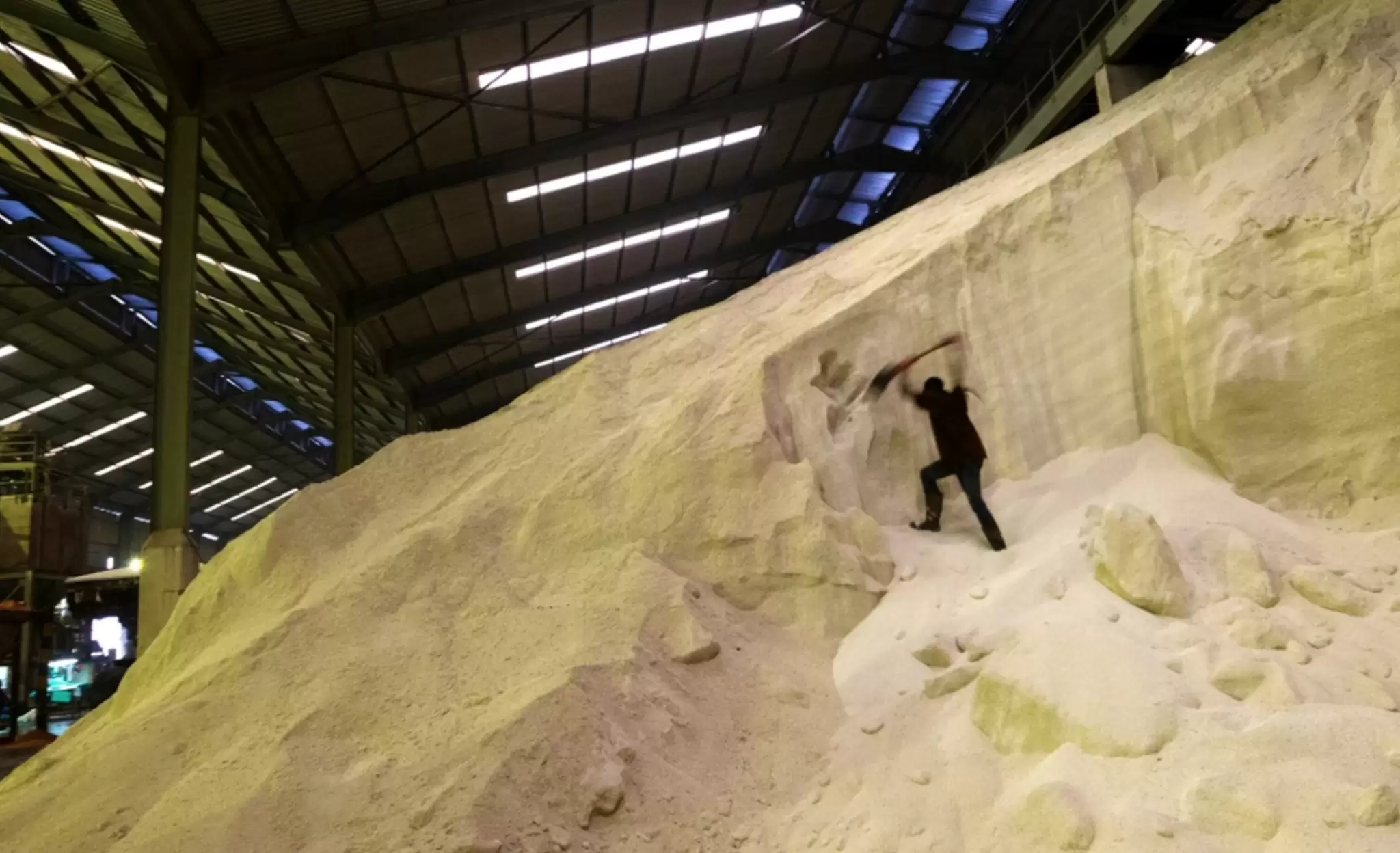The war between Russia and Ukraine, which started at the end of February this year, has brought strong consequences not only in Europe, but also on a global scale. These consequences range from the destruction of the Ukrainian economy and infrastructure to the violation of the country’s population human rights—part of which has had to flee and seek refuge in other countries—to the effects that harm the Russians themselves, their economy and international relations.
Analyzing the new geopolitical chessboard, therefore, places us in the midst of the tensions arising in Eurasia, as part of Russia’s expansionist pretensions to regain its predominance over the territory of Ukraine.
In addition to considering Ukraine a mythical place, the country’s geostrategic condition makes it the prototype of a hinge state, propitious for bringing Russia closer to the warm waters of the Mediterranean and to the markets that it has managed to strengthen with several members of the European Union, mainly in the sale of hydrocarbons.
This is a situation of warlike confrontation in which actions typical of classical geopolitics, centered on growth and the recovery of vital space (lebensraum), are mixed. Control over borders and geographical areas with enormous potential, whether cultural or productive, is also revalued. However, it is essentially favorable to contain any kind of threat that could affect security and defense criteria, as seen in the case of Russia regarding the close presence of the North Atlantic Treaty Organization (NATO).
To the above, there are other interpretations of the same conflict offered by postulates of critical geopolitics, which include other agents and factors for analysis. In this case, it is pertinent to mention the role of corporations engaged in the agribusiness and hydrocarbons extraction activities. Also, the transnational companies engaged in the commercialization of food and the ones engaged in high-end technology used, among other things, in the monitoring of cultivation areas using drones that are operated remotely.
Against this backdrop, looking at Ukraine as the epicenter of a conflict that is affecting the redesign of the world’s geopolitical chessboard becomes a genuine laboratory, whose effects even reach Latin America and the Caribbean region.
Indeed, the productive capacity of cereals, oils and fertilizers offered by both Russia and Ukraine—the Ukrainian territory has become “Europe’s breadbasket” and also of other countries, including Egypt, Lebanon and Somalia—has raised the alarm bells in the international community due to the rise in prices of products in great demand such as corn, wheat, barley and sunflower oils.
The same has happened with fertilizers derived from nitrogen and potassium. These are expected to be shipped to their destination markets from the ports of southern Ukraine, which remain blocked by the Russian forces.
The continuity of this blockade in the main Ukrainian ports, together with the retaliations by Western countries that have joined the veto of products and supplies from Russia, is undoubtedly generating a boomerang effect on the entire supply chain used to guarantee food security worldwide.
What are the implications for Latin America and the Caribbean? A fundamental repercussion corresponds to the concern of Latin American farmers who, in the midst of this crossfire, are facing a possible shortage of fertilizers from both Russia and Ukraine. This situation generates an atmosphere of uncertainty in the short and medium term to cover the demand for fertilizers used in the agricultural activity that characterizes several countries in the region.
Brazil is one of the most vulnerable in this situation, since it trades with Russia for nearly 80% of its fertilizer supply.
Countries such as Haiti, and even those that also make up the Northern Triangle (Guatemala, El Salvador, Honduras), among others—whose agricultural capacities are limited due to the lack of productive soils, continuous droughts, rural violence and forced displacement, erosion of arable land, lack of water sources—are forced to import most of their foodstuffs.
In turn, fertilizers prices are currently on the rise, either because of the war environment in Ukraine, or because of the inflationary lag that has accumulated since the Covid-19 pandemic, which drastically slowed down the world’s economies.
This means that the geographical map of the food crisis in Latin America and the Caribbean currently shows areas of undernourished populations, which places us in a context of greater inequalities in terms of access to basic foodstuffs. But also in terms of possible situations of greater socioeconomic tension, which could be attributed to the increase in essential products for agricultural activity, such as seeds and fertilizers. In addition, there are problems of lack of profitability in attracting the labor required in the agricultural sector.
In short, the current tensions in Eurasia are fuelling divisions in the form of two competing blocs on this new geopolitical chessboard, leading to greater polarization in the international arena.
At the same time, old and new substantive problems are resurfacing about the survival of the human race, since they concern a daily meal, a source of employment, a roof over one’s head, and staying in a peaceful place, all of which have a direct impact on Latin America and the Caribbean.
* This text was originally published on the REDCAEM website.
Translated from Spanish by Ricardo Aceves











